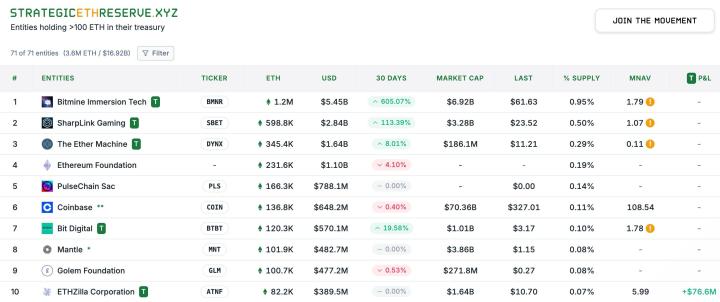Since the rise of Rollup technology, the Layer2 narrative has long focused on "capacity expansion" and "fee reduction". However, with the rapid expansion of the Ethereum ecosystem, people's expectations for Layer2 are quietly changing. In the era of Ethereum scaling, the Layer2 narrative is shifting from "pure expansion" to "applicationization".
No longer satisfied with mere generality, an increasing number of Layer2 projects are beginning to focus on specific application scenarios, building unique ecological positioning around industry needs, protocol innovation, and ecosystem construction. As a representative, Mint Blockchain is constructing a diverse, interoperable Non-Fungible Token world oriented towards global users and AI Agents by focusing on the NFT domain.
Why is Layer2 Evolving into Application Chains?
The expansion needs of the Ethereum ecosystem gave birth to Layer2: technologies such as Optimistic Rollup, zk rollup, and Validium quickly emerged, pushing originally expensive and slow on-chain operations to faster, cheaper levels. However, as user needs become more complex and vertical scenarios become more diverse, the limitations of general Layer2 solutions gradually become apparent.
- Unable to optimize underlying protocols for single asset types (such as Non-Fungible Tokens, RWA, DeFi);
- Resources (such as gas, computing, storage) still need to compete across diverse applications, making it difficult to guarantee performance in specific scenarios;
- Lack of vertical support, forcing developers to repeatedly reinvent the wheel at the application layer, reducing innovation efficiency.
Technological modularity has lowered development barriers, economic model reconstruction allows application chains to capture value more directly, and vertical scenario optimization brings more extreme user experiences. The rise of application chains marks a shift in Layer2 competition from pure "expansion efficiency" to "scenario adaptation capability". This transformation is not only an inevitable technological evolution but also the maturation of blockchain business logic - when a universal "one-size-fits-all" approach cannot meet diverse needs, application chains focused on specific domains become the optimal solution.
Layer2's New Narrative: From Expansion to Applicationization
Behind the industry's evolution, there are at least three important driving forces:
Explosion of Industry Segment Needs
Each sector such as DeFi, RWA, Non-Fungible Tokens, chain games, and on-chain social platforms has its unique technical requirements, economic models, and user experiences. General Layer2 solutions find it challenging to simultaneously provide optimal solutions for all vertical scenarios, making the emergence of domain-focused Layer2 a natural market choice.
Maturity of Technological Stack Modularity
With the maturation of modular frameworks like OP Stack, zk Stack, and Polygon CDK, the threshold for building a customized Layer2 has significantly lowered. Developers can quickly build dedicated networks based on these standardized tools while sharing the ecosystem's interoperability capabilities.
Enhanced Cross-Chain Interoperability Needs
A single Layer2 cannot bear the complex needs of the entire Web3 world. The future industry landscape is more like an "interoperable network" of multiple dedicated Layer2s interconnected, sharing liquidity and state.
Mint Blockchain: A Layer2 Focused on NFT Ecosystem Layout
Mint Blockchain is a Layer2 network focused on the Non-Fungible Token domain, positioned as a "Layer2 connecting global consumers with Non-Fungible Tokens". Built on Optimism Superchain and a core member of the OP Superchain, Mint uses OP Stack as its technical framework. On this basis, Mint possesses strong interoperability, capable of seamlessly connecting Ethereum and other OP Stack chains while maintaining highly customizable capabilities focused on optimizing Non-Fungible Token-related scenarios.
[Translation continues in the same manner for the rest of the text]





